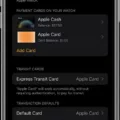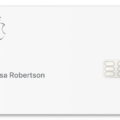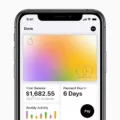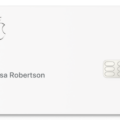Are you looking for a way to export your Apple Card transactions? You’ve come to the right place! With just a few easy steps, you can export your transactions in CSV, OFX, QFX, or QBO formats. Here’s how to get started:
1. Launch the Wallet app on your iPhone and tap the Card Balance panel uner your ?Apple Card?.
2. Scroll down to the Statements section and tap on the month you wish to export transactions from.
3. Tap Export Transactions at the bottom and select CSV, OFX, QFX, or QBO from the pop-up menu.
4. Adjust any conditions as needed and select your Format Type.
5. Select Export CSV and open the downloaded file when it’s ready.
6. Filter by Vendor and select the credit card name(s) you added in your domain.
And that’s all there is to it! Exporting your Apple Card transactions is quick and easy with these simple steps – no more fumbling around with spreadsheets or manually recording each transaction! You can now easily keep track of all of your spending with just one click of a button – what could be easier? So go ahead and give it a try today – happy exporting!
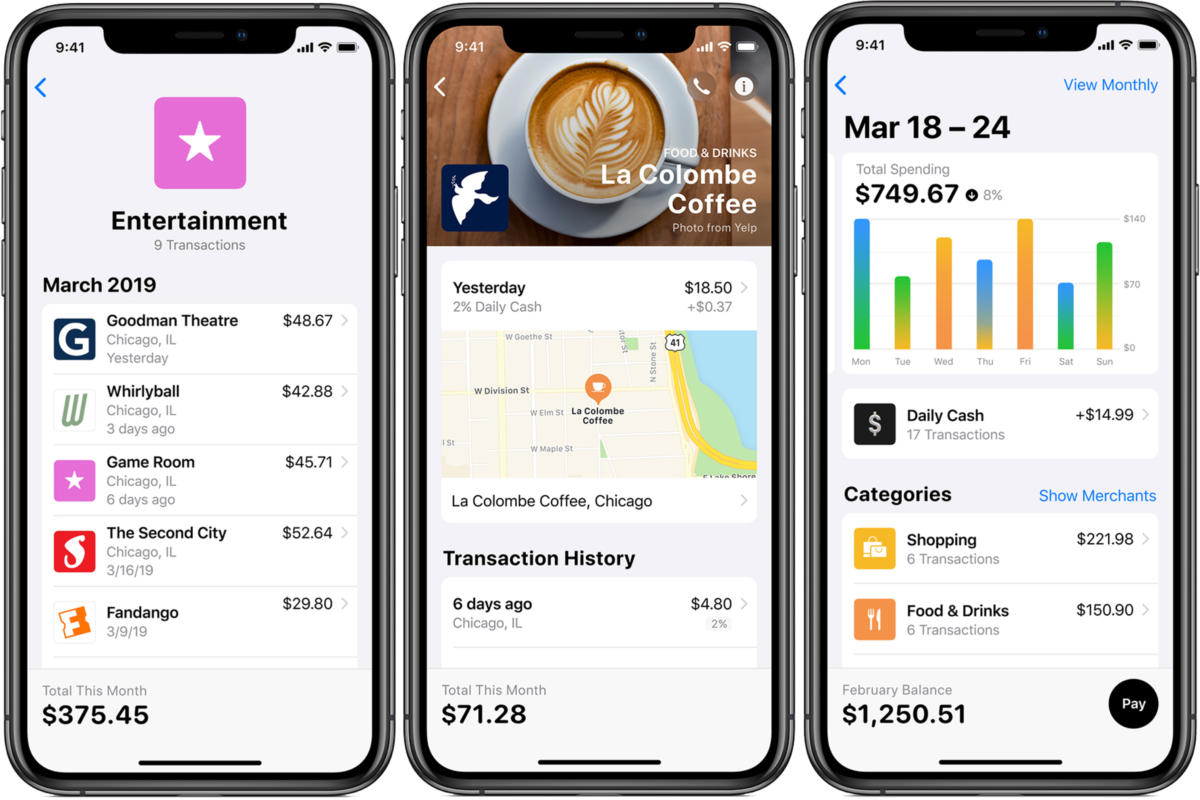
Exporting Apple Card Transactions to Quickbooks
Exporting Apple Card transactions to Quickbooks is a simple process. Start by launching the Wallet app on your iPhone. Then, tap the Card Balance panel under your ?Apple Card? and scroll down to the Statements section. Select the month you wish to export transactions from, then tap Export Transactions at the bottom. You will be presented with a pop-up menu where you can select either CSV, OFX, QFX, or QBO formats. Select QBO and follow any additional instructions that apper on screen. Once completed, your Apple Card transactions will be exported to Quickbooks where you can view them in detail.
Sharing Apple Card Transactions
Sharing Apple Card transactions is easy! First, open the Wallet app on your iPhone and tap your Apple Card. Next, tap the More button in the top right corner and select Card Details. Under People, you can tap Share My Card to invite a member of your Family Sharing group to access your Apple Card activity. They will receive a link to view their own version of the Wallet app with real-time access to all of your shared Apple Card transactions. If you woud like to add an account co-owner, you can do that here as well by tapping Become Co-Owners. That’s it! Now you can easily share your Apple Card transactions with other members of your family or circle of friends.
Viewing Apple Card Transactions
To view your Apple Card transactions, open the Wallet app on your iPhone. If you’re part of an Apple Card Family, you can see who made each purchase. To view a transaction, tap Apple Card then tap a transaction under Latest Transactions. To view older purchases, scroll down and tap a month, then tap a transaction. Finally, tap the transaction again to see details about it.
Connecting Apple Card to QuickBooks
Unfortunately, Apple Card cannot be connected to QuickBooks at this time. However, you can use the bank feeds feature to manually enter your Apple Card transactions and reconcile them with QuickBooks. You can also connect other types of credit cards to QuickBooks, such as American Express or Visa. To do this, click on the Banking tab in the left navigation bar and select ‘Add Account’. Select the credit card provider from the drop-down menu and follow the instructions provided.
Can Apple Card Be Integrated with Quicken?
Yes, you can connect your Apple Card account to Quicken. To do this, you’ll need to log onto the Apple Card website and download a QFX file of your transaction data. Then, open Quicken and select File > File Import > Web Connect Files (.QFX) to import the file into Quicken. Once the file is imported, you’ll be able to view and manage your Apple Card transactions within Quicken.
Viewing All Transactions with Apple Card
No, Apple Card participants will not have access to all transactions. Each participant will only have access to teir own transaction history, not the entire account’s history. The account owner can set a spending limit for each participant and also choose to let them order their own physical Apple Card, allowing them to build credit with their account if they are 18 or older.
Viewing Transactions on Apple Card
If you are unable to view your transactions in Apple Pay, it could be due to several reasons. First, make sure that you have the latest version of Apple Pay installed on your device. If you do, then it’s likely that your card has become disconnected from Apple Pay and needs to be re-added. To do this, open the Wallet app on your iPhone or iPad and select the “+” button at the top rigt corner of your screen. Then select “Add Credit or Debit Card” and follow the prompts to add your card back into Apple Pay. Once you have successfully added your card back into Apple Pay, you should be able to view all of your transactions again.
Does the Apple Card Have a Statement?
Yes, Apple Card does have a statement. Your statement will be sent to you electronically every month at the end of your billing period (which runs from the first day of the month to the last day of the month). It will be available in your Wallet app on your iPhone, giving you an up-to-date view of all your spending and payments. This statement is a great way to keep track of your Apple Card account activity, so you can stay on top of any changes or discrepancies.
Transferring Credit Card Statements to Excel
Transferring credit card statements to Excel is a simple process that can be done in just a few steps. First, go to PDFTables.com and click the ‘Convert a PDF’ button. Locate your PDF bank statement and click open. Once the conversion has completed, select CSV, Excel, XML or HTML from the drop down menu next to the ‘Download as Excel’ button. After you have made your selection, the file will be converted and downloaded to your device in an Excel compatible format so you can view and manipulate it in Microsoft Excel or any other spreadsheet program of your choice.
Obtaining a Detailed Credit Card Statement
To get a detailed credit card statement, you have sveral options. First, you can contact your credit card issuer directly and request a copy of your statement. The issuer may be able to provide an electronic version of the statement, or mail you a paper copy.
Second, if you have online banking with the same bank as your credit card issuer, you can log in and access your credit card statement online. Your current credit card statement will be available there.
Third, many banks also offer mobile applications that allow customers to view their statements on their phone or tablet. If you have alrady downloaded the app for your bank, be sure to log in and check for any available statements there.
Finally, some banks also send an SMS informing the customers abut the total amount due and the minimum amount due on their credit card. By using this information, you can find out about any recent transactions or changes to your balance.
Conclusion
In conclusion, exporting transactions from your Apple Card is a straightforward process. All you need to do is open the Wallet app on your iPhone, tap the Card Balance panel, select the month of transactions you want to export, and choose from one of four formats (CSV, OFX, QFX, or QBO). You can also use the Settings app to prepare a CSV file aross Bills and adjust conditions as required. Once exported, you can easily filter by Vendor and select the credit cards you added in your domain. With this simple process and a few clicks, you’re all set to access detailed information about your Apple Card transaction history.





